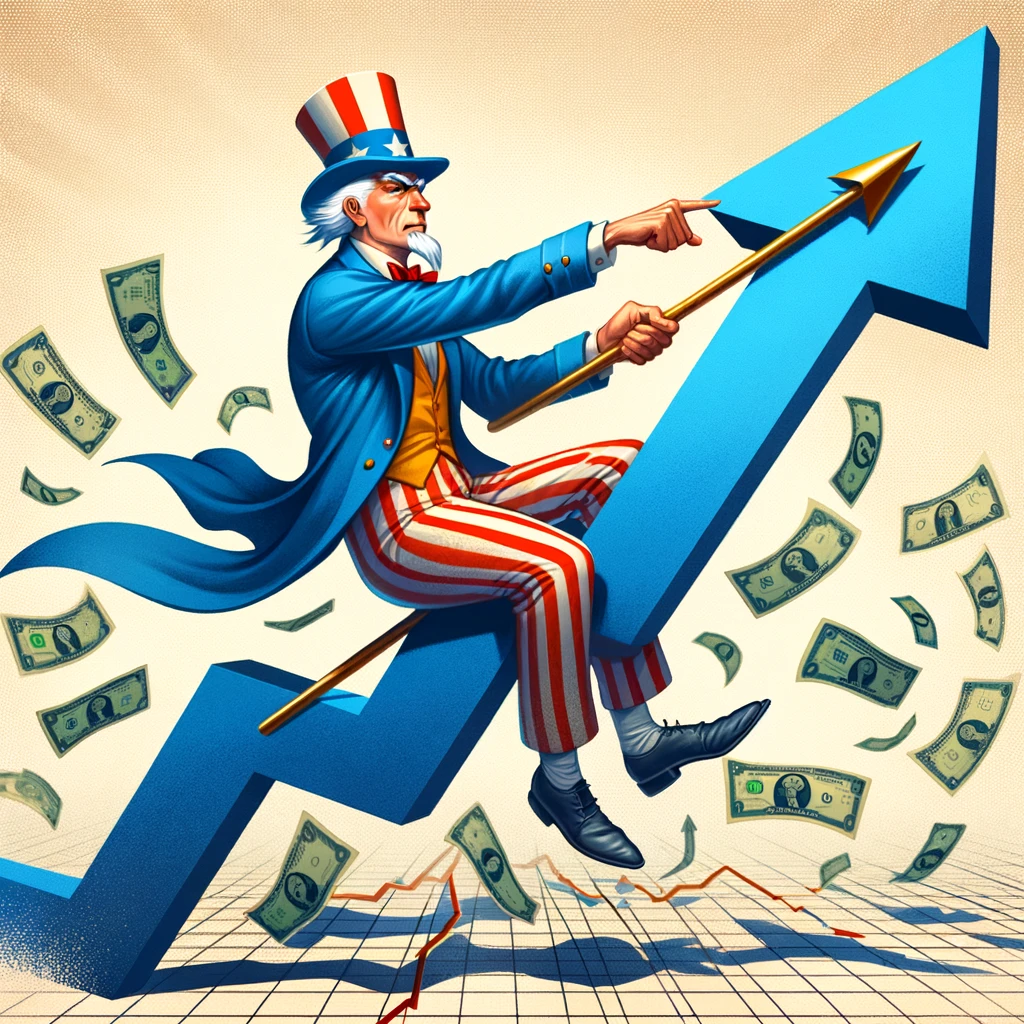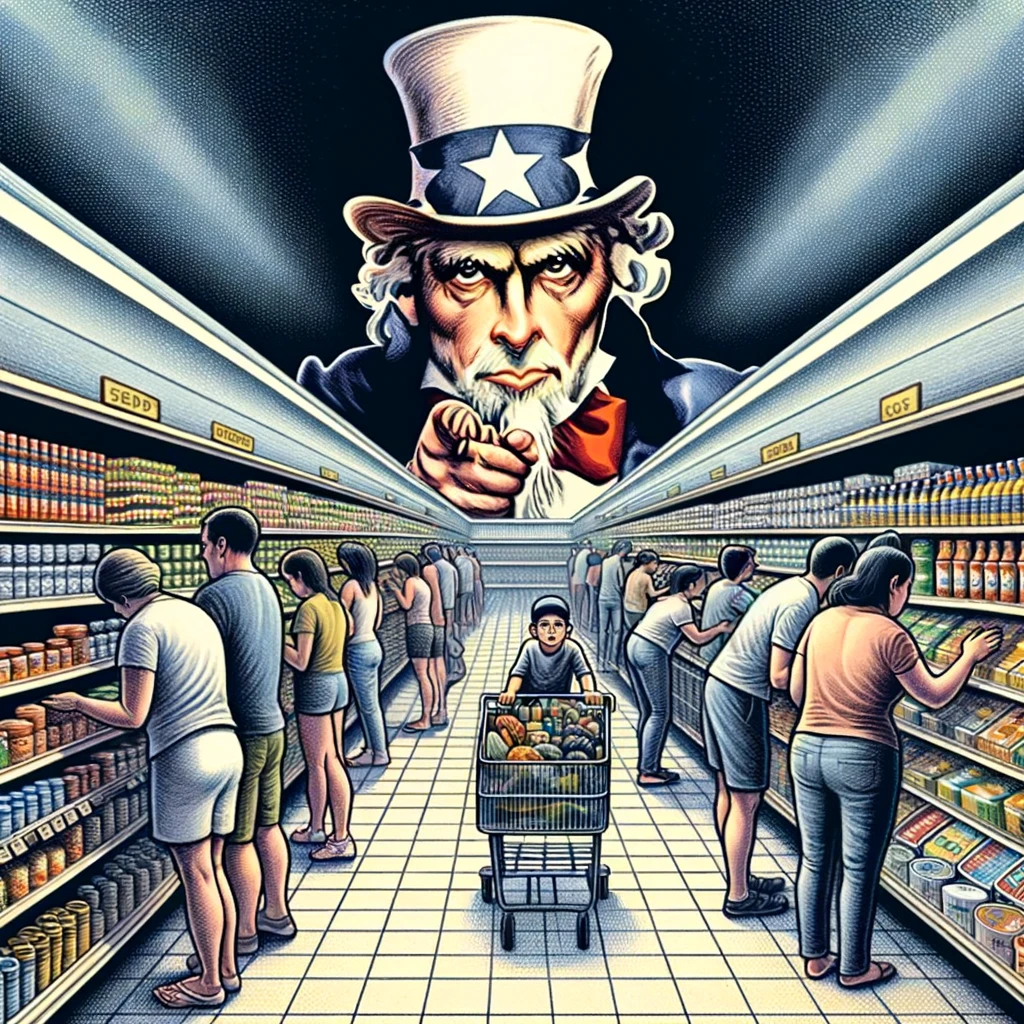Nickel and Dimed: How Inflation-Weary Consumers are Fighting Back
The grocery aisle used to be a battlefield of brand loyalty, with shoppers meticulously comparing prices and features. Now, it’s a war zone of sticker shock, with inflation acting as the enemy combatant relentlessly raising prices on everything from breakfast cereal to toilet paper. But consumers, battered but not broken, are starting to fight back.

Forget brand loyalty; it’s all about price loyalty now. A recent study by [insert reputable source] showed a significant shift in consumer behavior, with 72% of respondents admitting to switching to cheaper alternatives or buying fewer items altogether. Gone are the days of mindlessly tossing brand-name goods into the cart; every penny counts in the face of relentless price hikes.
This isn’t just anecdotal evidence. Retail giants like Walmart are reporting a surge in demand for their private label brands, while discount chains like Dollar General are experiencing booming sales. Consumers are making a conscious effort to stretch their budgets further, and businesses are starting to take notice.

Some companies are rethinking their pricing strategies. Faced with declining demand for higher-priced items, they’re exploring ways to offer more affordable options or smaller package sizes. This shift might not be ideal for profit margins, but it’s a necessary adaptation to the new economic reality.
However, not all businesses are playing fair. Some are resorting to “shrinkflation,” reducing the quantity of product in their packaging while maintaining the same price. This deceptive practice leaves consumers feeling cheated and further erodes trust in brands.
The fight against inflation isn’t just about individual choices; it’s a collective effort. Consumer advocacy groups are urging for stricter regulations against shrinkflation and increased transparency in pricing practices. Additionally, government intervention might be necessary to address supply chain disruptions and unfair market practices contributing to inflation.
The current economic climate is forcing a reset in consumer behavior. Gone are the days of unchecked spending; frugality is the new mantra. This shift has the potential to reshape the retail landscape, forcing businesses to adapt and prioritize affordability. Whether this consumer pushback will be enough to tame inflation remains to be seen, but one thing is certain: the days of blindly accepting price hikes are over. The nickel-and-dime battle lines are drawn, and consumers are ready to fight for their wallets.
Inflation impacts various sectors of the economy, leading to an increase in prices across a wide range of goods and services. Here are some of the key things that typically go up because of inflation:
- Consumer Goods and Services: This includes everyday items like food, clothing, and household products. As inflation rises, the cost of manufacturing and transporting goods increases, leading to higher prices for consumers.
- Energy Costs: Prices for oil, gas, and electricity often increase with inflation. These costs impact not only direct consumer expenses, such as fuel and utility bills but also the cost of goods and services, as energy is a key input for production.
- Housing Prices and Rents: Inflation can lead to higher home prices and rental costs. This is due to increased costs of construction materials, labor, and land. Additionally, as inflation erodes purchasing power, demand for rental properties may increase, pushing rents higher.
- Healthcare Costs: The cost of medical care, including doctor’s visits, hospital stays, and prescription drugs, tends to rise with inflation. This is partly due to the increasing costs of medical equipment, supplies, and labor.
- Education Expenses: Tuition fees and other education-related expenses often increase at a rate higher than general inflation. This reflects rising costs for schools and universities, including salaries, maintenance, and equipment.
- Interest Rates: Central banks may raise interest rates to combat high inflation. While not a direct cost to consumers, higher interest rates increase the cost of borrowing for purchases such as homes and cars, as well as for credit card debt.
- Transportation Costs: Inflation can lead to higher costs for both public transportation and personal vehicle expenses, including the cost of vehicles, maintenance, and insurance.
- Travel and Leisure: The cost of travel, including airfare, accommodations, and dining out, can increase due to inflation, affecting both personal and business travel expenses.
Inflation’s impact can vary based on geographic location, the specific sector of the economy, and the underlying causes of inflation. It’s important to monitor inflation trends and adjust financial planning and budgeting accordingly to mitigate its effects.








